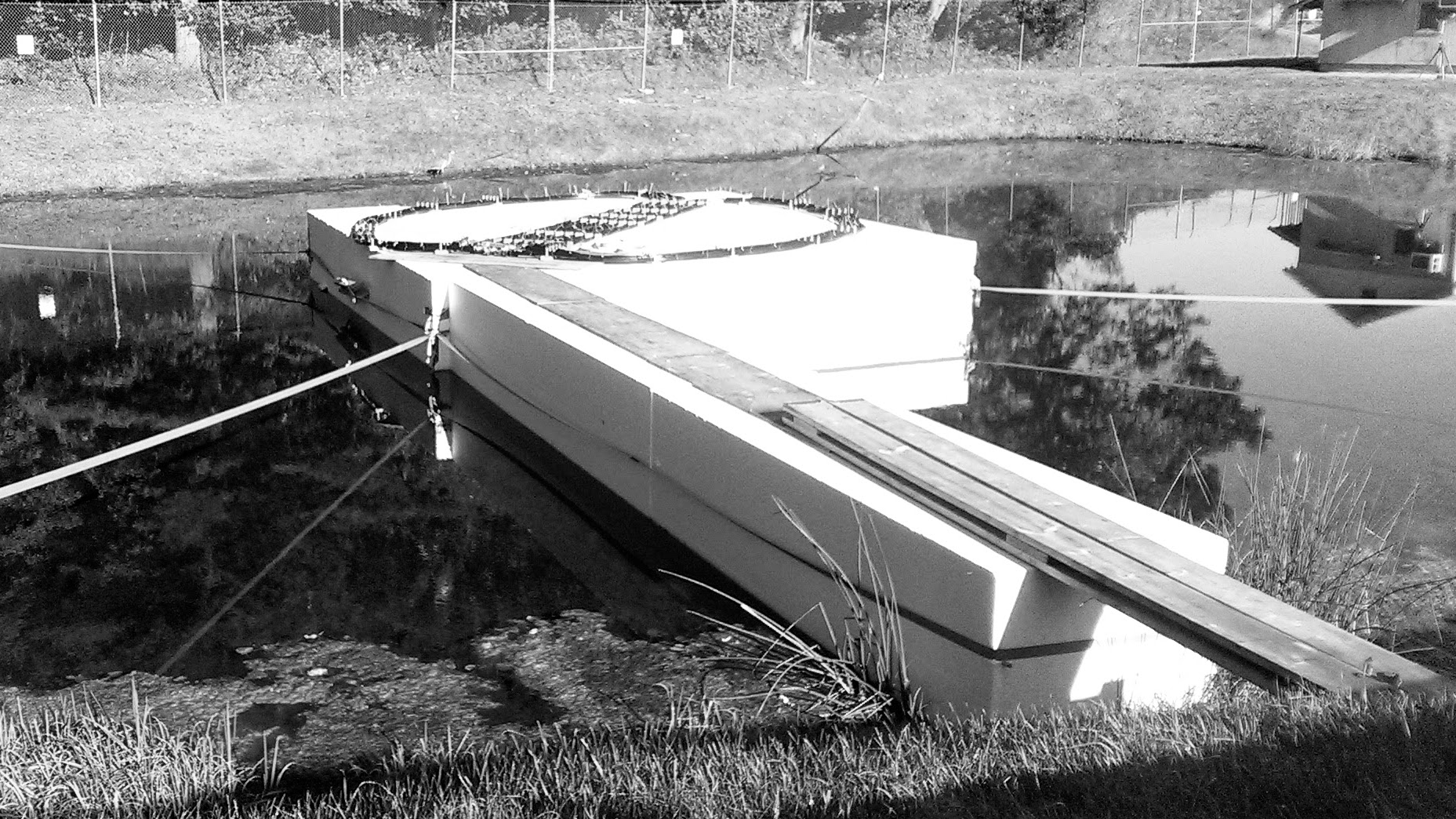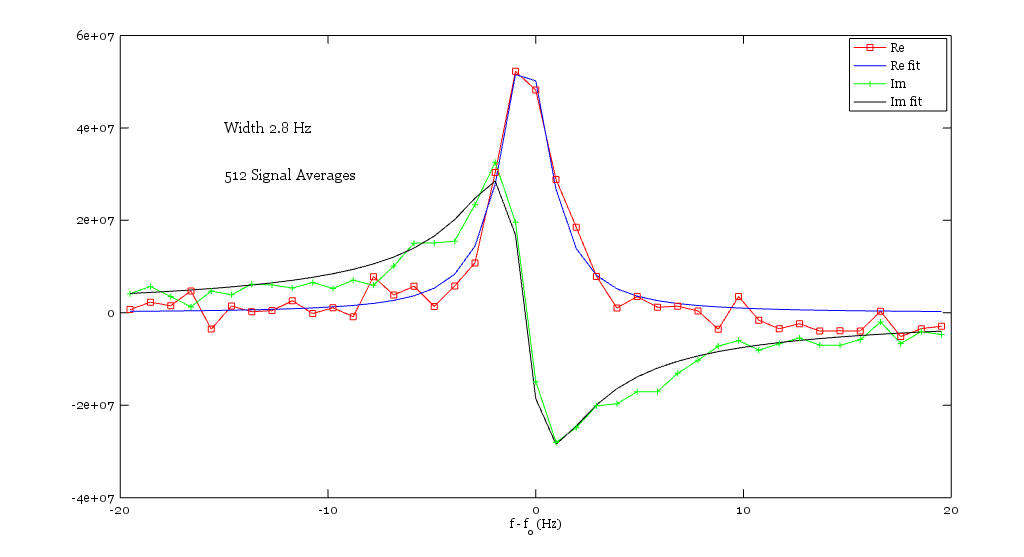Detecting a layer of oil under a meter of ice
- 1. ABQMR, Albuquerque, NM, United States
- 2. Exxon Mobil, Annandale, NJ, United States
- 3. Exxon Mobil, Spring, TX, United States
Petroleum resources fuel the world economy, searching for these resources leads inexorably to ever more remote and challenging regions, including eventually the Arctic. If a spill or other failure occurs oil may float to the underside of, or be incorporated into, the seasonal sea ice. Searching for such spilled oil is technically challenging, [1]
With support from Exxon Mobil, ABQMR has been working for several years on a NMR based system capable of detecting a thin layer of crude oil beneath a meter of ice. The system should be transportable by helicopter and provide indications of the presence or absence of oil rapidly enough that a large region can be surveyed without refueling.
To that end we have recently constructed a 6m diameter, 350 kg, 4-turn, flat, figure-8 (gradiometer) coil and an earth's field NMR system capable of detecting liquid samples through ice and through a 1 m thick foam raft. The coil was constructed of 210-wire bundles of #11 AWG aluminum magnet wire. Figure 1

We use full- and half-passage frequency sweeps as described in [2] . We start the sweeps several kHz above resonance and sweep down to resonance. In the full-passage pulse we do a rapid 180 phase shift after a half-passage and then sweep the frequency back up. It is convenient that the inductive reactance increases with frequency which means that the current is automatically reduced for the off-resonance parts of the sweep which helps maintain the adiabatic condition ([3] ).
This type of operation at 2.2 kHz requires the system be operated broadband during transmission. Tuning capacitors are switched into the receiver circuit by relays. With ~18 Ampere (rms) current B1 can exceed B0 near the coil.
We have observed the water signal in as few as 5 scans. Figure 2 shows the signal after 512 scans.

- [1] Chavez, L., et al., (2015), Detecting Arctic Oil Spills With NMR: A Feasibility Study (2015) Near Surface Geophysics, Near Surface Geophysics, (accepted)
- [2] Hardy, Edelstein and Vatis, (1986), Efficient Adiabatic Fast Passage for NMR Population Inversion in the Presence of Radiofrequency Field Inhomogeneity and Frequency Offsets, J. Mag. Reson., 470-482 , 66
- [3] Kupce and Freeman, (1995), Adiabatic Pulses for Wideband Inversion and Broadband Decoupling, J. Mag. Reson., 273-276, Series A 115
